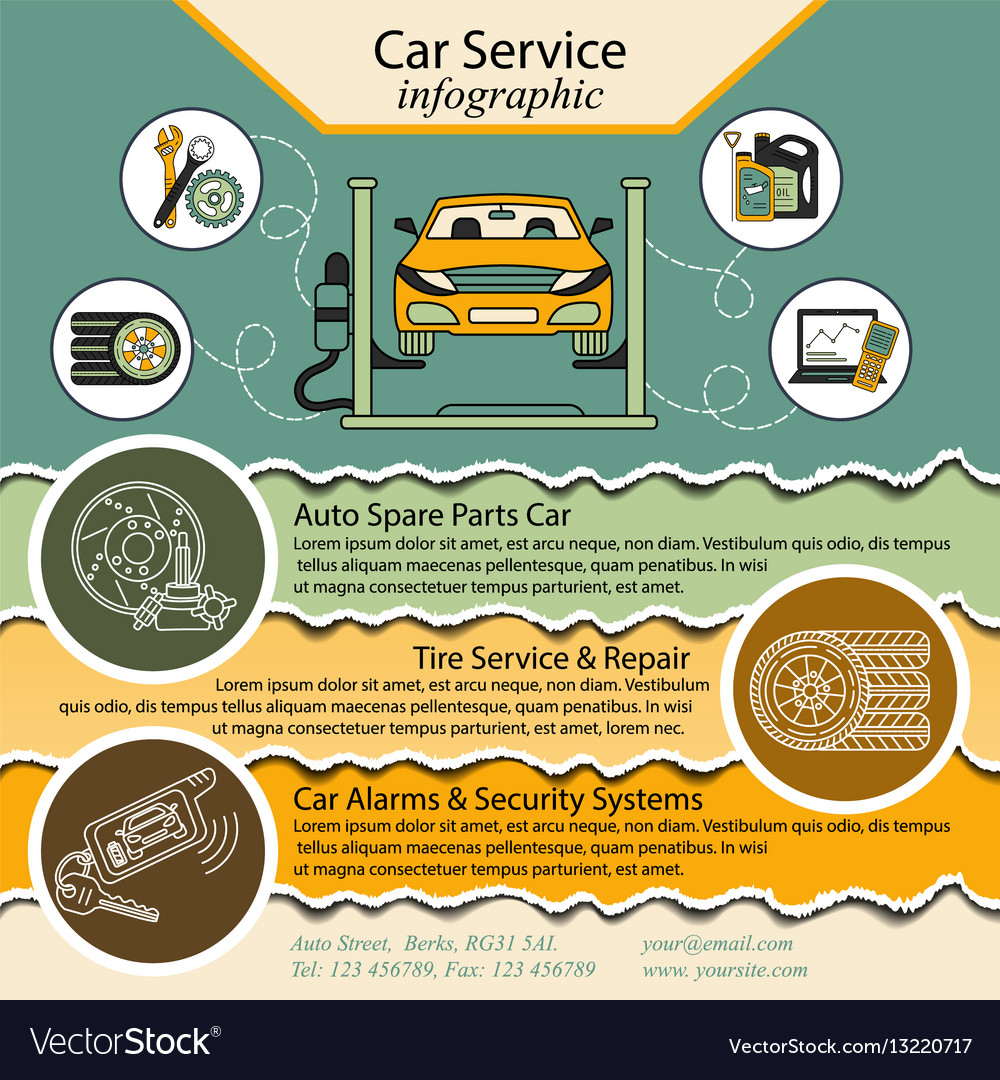Interpreting Your Vehicle'S Alert Lighting: Their True Effects
Interpreting Your Vehicle'S Alert Lighting: Their True Effects
Blog Article
Web Content By-Boye Torres
When you're behind the wheel, those beautiful warning lights on your control panel can be a bit difficult. Do you recognize what they're trying to inform you regarding your vehicle's health? Understanding the importance of these lights is essential for your safety and security and the long life of your car. So, mobile car grooming auckland of those lights appears, would not you intend to decode its message accurately and take the essential actions to address it?
Common Warning Lights and Interpretations
Determine common caution lights in your automobile and recognize their significances to guarantee secure driving.
The most common warning lights consist of the check engine light, which indicates concerns with the engine or exhausts system. If this light begins, it's essential to have your car examined promptly.
The oil stress advising light indicates low oil stress, needing immediate interest to avoid engine damages.
A flashing battery light could recommend a malfunctioning billing system, possibly leaving you stranded otherwise addressed.
The tire pressure monitoring system (TPMS) light alerts you to reduced tire pressure, impacting car stability and fuel performance. Ignoring this can result in hazardous driving problems.
The abdominal light suggests an issue with the anti-lock braking system, compromising your capability to stop swiftly in emergencies.
Last but not least, the coolant temperature level alerting light warns of engine getting too hot, which can result in severe damage otherwise fixed quickly.
Recognizing these usual warning lights will certainly aid you address problems without delay and keep secure driving conditions.
Significance of Prompt Interest
Comprehending the typical warning lights in your cars and truck is just the primary step; the value of immediately resolving these cautions can not be emphasized sufficient to ensure your safety on the road.
When a warning light illuminates on your dashboard, it's your vehicle's means of connecting a prospective problem that needs focus. Neglecting https://www.courier-journal.com/story/entertainment/dining/restaurant/2022/07/26/open-caribbean-kitchen-serves-up-flavorful-island-food-louisville-ky/10046764002/ can result in extra serious problems in the future, endangering your safety and potentially costing you extra out of commission.
Motivate attention to alerting lights can stop break downs and crashes. For instance, a blinking check engine light can show a misfire that, if left unattended, might trigger damage to the catalytic converter. Addressing this without delay can save you from an expensive repair.
In link web site , a brake system advising light could indicate reduced brake fluid or used brake pads, crucial parts for your safety when driving.
Do It Yourself Troubleshooting Tips
If you discover a caution light on your dashboard, there are a couple of DIY troubleshooting suggestions you can attempt before seeking professional aid.
The primary step is to consult your automobile's handbook to understand what the certain caution light indicates. Occasionally the concern can be as straightforward as a loose gas cap causing the check engine light. Tightening the gas cap may fix the problem.
An additional common problem is a reduced battery, which can set off different warning lights. Examining the battery connections for rust and ensuring they're secure may repair the issue.
If a caution light continues, you can try resetting it by disconnecting the automobile's battery for a couple of minutes and afterwards reconnecting it. Additionally, examining your vehicle's fluid degrees, such as oil, coolant, and brake liquid, can assist fix advising lights connected to these systems.
Verdict
In conclusion, understanding your auto's warning lights is necessary for keeping your vehicle running efficiently and securely. By quickly addressing these signals and understanding what they mean, you can avoid expensive repair services and potential failures.
Keep in mind to consult your cars and truck's manual for specific information on each alerting light and take action as necessary to make certain a hassle-free driving experience.
Keep notified, stay secure when traveling!
